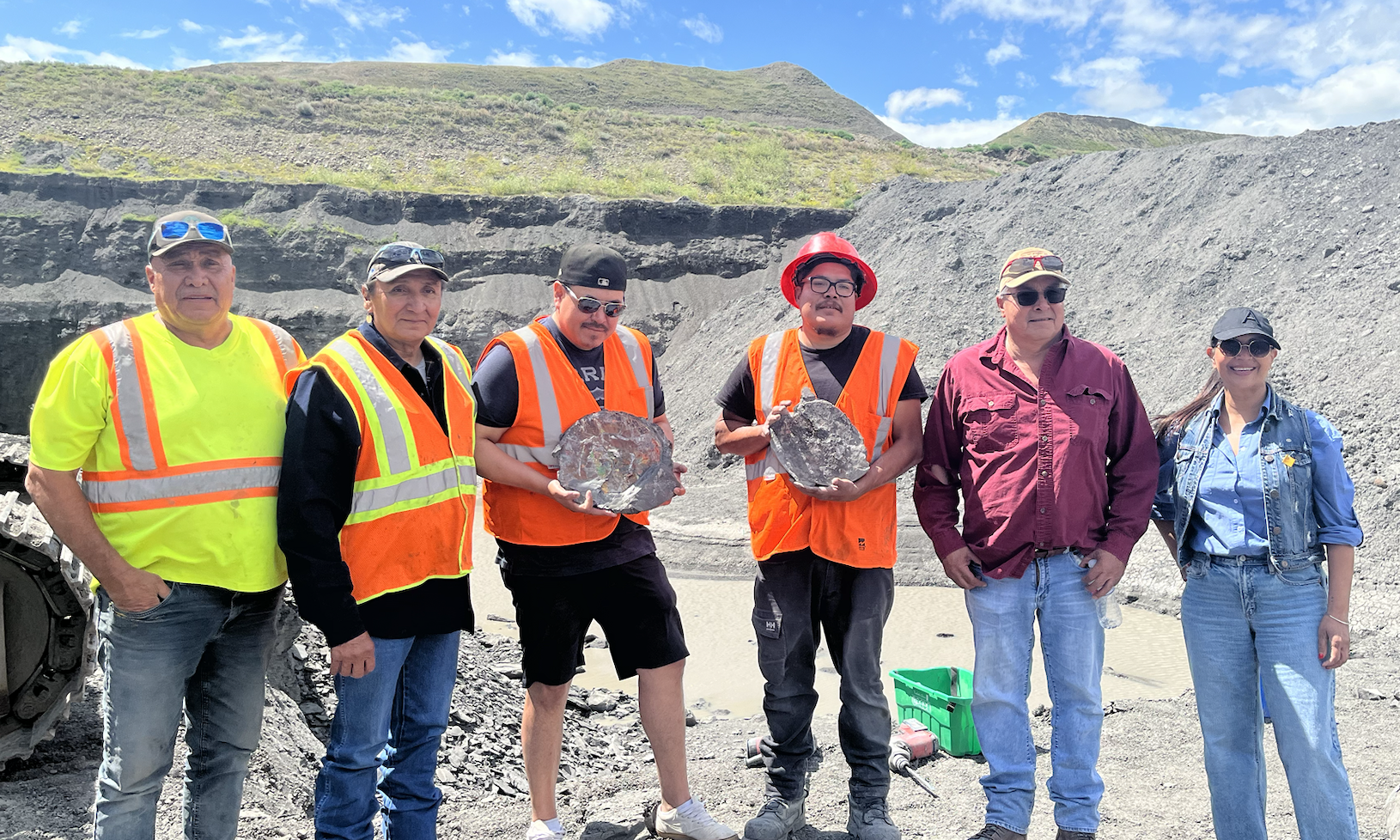Number of High Risk Suppliers, Including Counterfeiters, Surges by More than 60 Percent from 2002 to 2011

El Segundo, Calif. (Oct. 29, 2012)—The number of high risk suppliers to the U.S. government, including companies that sold suspect counterfeit product to military and commercial electronics channels, soared by 63 percent from 2002 to 2011. This large and growing trend highlights the need for members of all tiers of the supply chain to implement tighter supplier-monitoring and procurement procedures in order to meet increasingly stringent regulations, according to information and analytics provider IHS (NYSE: IHS).
A total of 9,539 suppliers in 2011 were reported either for known involvement in high-risk, fraudulent and suspect counterfeit-part transactions, or for conduct identified by the government as grounds to debar, suspend or otherwise exclude from contract participation. This was up from 5,849 in 2002, as presented in the figure attached. IHS Figure–Global High Risk Suppliers
In all, 78,217 potential high-risk entities and suppliers to U.S. government agencies, defense contractors and subcontractors, as well as all military and commercial electronics application markets, were reported during the period from 2002 to 2011.
The counterfeit risk
The deluge of high-risk suppliers that may have violated regulations or acquisition policies comes at a time when the defense supply chain has been infiltrated by counterfeit parts that present a risk to national security as well as human health and safety. As recently reported by IHS, reports of counterfeit parts in the electronics supply chain quadrupled from 2009 to 2011.
Much of the recent scrutiny has come as a direct result of a breakdown in supply traceability and the use of untrustworthy or unauthorized sources for critical components—characteristics not uncommon for the types of suppliers reported.
The combination of rising counterfeit activity and increased government scrutiny underscores the critical need for companies to implement tighter processes and procedures in the use of Trusted Suppliers, Approved Vendor Lists, and Authorized Sources for parts and materials.
“At a time where the entire global defense supply chain is trying to respond to strict new U.S. National Defense Authorization Act (NDAA) regulations that crack down on safety and national security threats from counterfeit parts, instances of these parts and poor conduct and unscrupulous activity are being reported at record levels,” said Vicki Knauf, parts logistics expert and Haystack® product manager, supply chain solutions at IHS. “It’s abundantly clear that supplier risk is real, extensive and growing. It’s a federal acquisition requirement to screen for debarred, suspended or otherwise excluded parties. The Department of Defense, as well as its contractors and subcontractors, must comply with new regulations for the use of trusted suppliers and authorized sources. A key component of developing a secure supply chain includes the use of Trusted Suppliers. Pinpointing probabilities of risk, blacklisting and vetting high-risk suppliers is crucial to developing a resilient supply chain that fends off devious behavior.”
Fighting back
In response to the significant and increasing volume of counterfeit electronic parts entering the aerospace supply chain, NASA in September 2007 became heavily involved in the formation of the SAE International G-19 Committee to develop standardized requirements, practices and methods related to counterfeit-parts risk mitigation. The committee subsequently released the SAE International AS5553 standard, “Counterfeit Electronic Parts: Avoidance, Detection, Mitigation, and Disposition”; NASA was the first government agency to formally adopt the standard.
NASA has since put in place many processes and procedures aimed at counterfeit detection and avoidance. In April 2012, NASA’s Dryden Flight Research Center shared strategies with global business leaders attending an executive conference co-hosted by IHS and ERAI Inc. There, the space agency shared a strict approach to counterfeit parts. This includes methods to assess suppliers’ capabilities and expose their deficiencies.
NASA also shared its approach to new U.S. NDAA regulations, noting how it was the first federal agency to formally promulgate a counterfeit-part mitigation strategy. The agency outlined its development of a comprehensive database of counterfeit parts, including ERAI counterfeit-incident reports. Indeed, the industry’s team efforts from IHS, ERAI, G-19, NASA and other leaders are making a positive impact on controlling–and in some cases, choking off—any counterfeit parts from entering their supply chains.
NASA offers approaches to supplier risk on anti-counterfeiting webcast
NASA will be providing more details on its anti-counterfeiting efforts at a webcast entitled, “Eliminating Counterfeits at NASA: How NASA’s Dryden Flight Research Center is Leading the Way on Counterfeit Detection & Avoidance.” The webcast will held on Nov. 2, at noon Eastern Time, and will last 1 hour with a live question-and-answer session.
Presenters at the webcast will be Steven Foster, for Procurement Quality Assurance at NASA; and Rory King, director of supply chain global product marketing at IHS. This webcast event is complimentary and more information can be found by visiting:
http://event.on24.com/r.htm?e=532810&s=1&k=1BA656D66C0784CAFD11F2764D4C5810&partnerref=ihslinknr
More News
{{ commodity.name }}
{{ post.title }}
{{ post.date }}

Comments